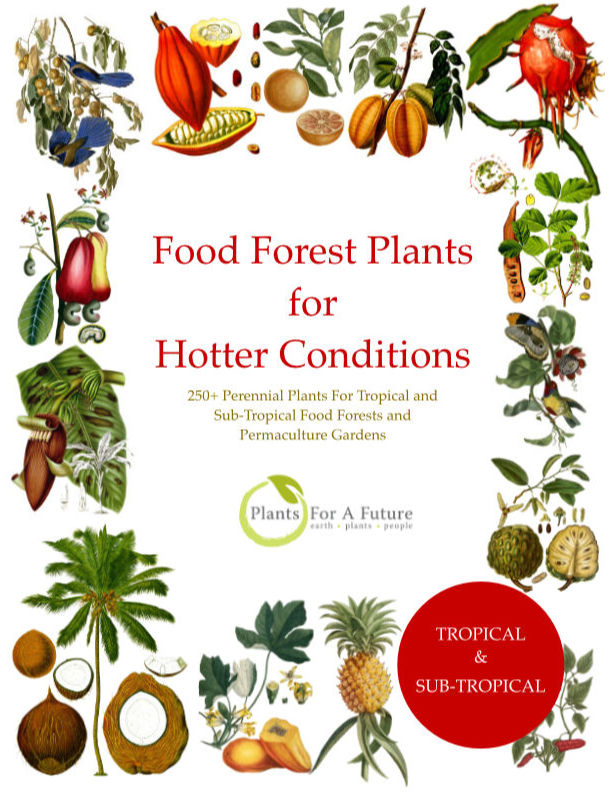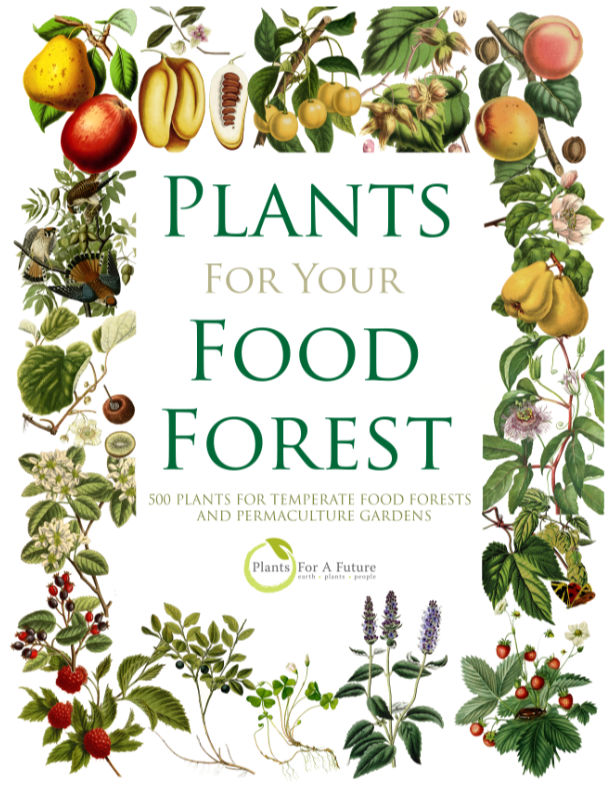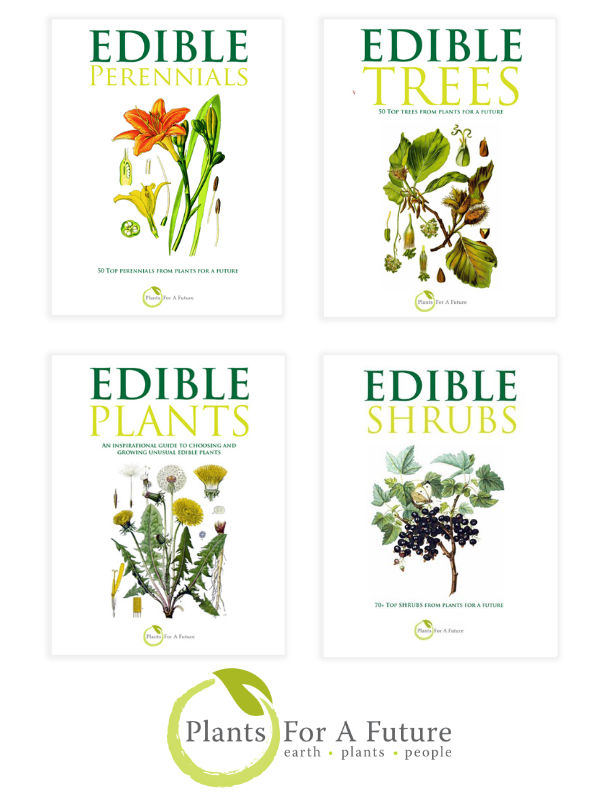Translate this page:
Summary
Myrtus communis,
Myrtle holds cultural significance in the Mediterranean, often symbolising love, peace and fertility, and is traditionally used in wedding bouquets. In ancient Greece, it was sacred to the goddess Aphrodite, the goddess of love. Myrtle fruit is eaten raw or cooked; it has an aromatic flavour. The berries are small, about 8mm in diameter, and eaten fresh when ripe. In many cultures, especially in the Middle East, the fruits are dried and used as aromatic food flavouring in various dishes. The fruit can be made into an acidic drink, providing a tangy flavour. In Sardinia and Corsica, a famous liqueur called Mirto is made from berries. Dried fruits and flower buds are used to flavour sauces, syrups, and other culinary items. Myrtle leaves are used as a flavouring in cooked savoury dishes. They impart an intense aroma and can be particularly useful when mixed with other spices. An essential oil from the leaves and twigs is used as a condiment, adding a distinct flavour to foods, especially in Mediterranean cooking. In Italy, the sweet-tasting flower buds and flowers are used in salads, adding flavour and ornamental value.
Myrtle has been used in traditional medicine for centuries. It contains essential oils and tannins that provide antiseptic and astringent properties. Myrtle leaves, berries, and flowers were used in folk medicine to treat respiratory issues, such as coughs, bronchitis, and sinus infections. Recent studies suggest that myrtle essential oil has antibacterial and antifungal properties.
Myrtle is easy to grow as long as the soil is well-drained. It thrives in moderately fertile, neutral to alkaline loams and prefers a sunny position. The plant is highly drought-tolerant. Myrtle is also highly ornamental, valued not only for its culinary uses but also for its fragrant foliage and beautiful appearance. Myrtle is hardy in areas where temperatures drop between -10 and -15°C, provided it is sheltered from cold winds. It is also tolerant of maritime exposure.
Myrtle is native to Southern Europe, North Africa, Western Asia, Macaronesia, and parts of the Indian Subcontinent.
Harvesting: Leaves and berries can be harvested throughout the growing season, but berries are typically picked in late summer to early autumn. Bloom Color: Pink, White. Main Bloom Time: Early summer, Early fall, Late summer, Late spring, Mid summer, Mid fall, Mid spring. Form: Rounded.
Physical Characteristics

 Myrtus communis is an evergreen Shrub growing to 4.5 m (14ft) by 3 m (9ft) at a medium rate.
Myrtus communis is an evergreen Shrub growing to 4.5 m (14ft) by 3 m (9ft) at a medium rate.
See above for USDA hardiness. It is hardy to UK zone 8 and is frost tender. It is in leaf all year, in flower from July to August, and the seeds ripen in October. The species is hermaphrodite (has both male and female organs) and is pollinated by Bees. The plant is self-fertile.
It is noted for attracting wildlife.
Suitable for: light (sandy), medium (loamy) and heavy (clay) soils and prefers well-drained soil. Suitable pH: mildly acid, neutral and basic (mildly alkaline) soils. It cannot grow in the shade. It prefers dry or moist soil. The plant can tolerate maritime exposure.
UK Hardiness Map
US Hardiness Map
Synonyms
Plant Habitats
Woodland Garden Sunny Edge; Hedge;
Edible Uses
Edible Parts: Flowers Fruit
Edible Uses: Condiment Drink
Fruit - raw or cooked[2, 105]. The fruit has an aromatic flavour[245], it can be eaten fresh when ripe or can be dried and is then used as an aromatic food flavouring, especially in the Middle East[7, 46, 238]. It can also be made into an acid drink[89, 148]. The fruit is about 8mm in diameter[200]. The leaves are used as a flavouring in cooked savoury dishes[238]. The dried fruits and flower buds are used to flavour sauces, syrups etc[183]. An essential oil from the leaves and twigs is used as a condiment, especially when mixed with other spices[183]. In Italy the flower buds are eaten[183]. The flowers have a sweet flavour and are used in salads[245].
References More on Edible Uses
Medicinal Uses
Plants For A Future can not take any responsibility for any adverse effects from the use of plants. Always seek advice from a professional before using a plant medicinally.
Antibiotic Antidiarrhoeal Antiseptic Aromatic Astringent Balsamic Carminative Dysentery
Epilepsy Haemostatic TB Tonic Urinary
The leaves are aromatic, balsamic, haemostatic and tonic[7, 46]. Recent research has revealed a substance in the plant that has an antibiotic action[7]. The active ingredients in myrtle are rapidly absorbed and give a violet-like scent to the urine within 15 minutes[238]. The plant is taken internally in the treatment of urinary infections, digestive problems, vaginal discharge, bronchial congestion, sinusitis and dry coughs[238, 254]. In India it is considered to be useful in the treatment of cerebral affections, especially epilepsy[240]. Externally, it is used in the treatment of acne (the essential oil is normally used here), wounds, gum infections and haemorrhoids[238]. The leaves are picked as required and used fresh or dried[238]. An essential oil obtained from the plant is antiseptic[240]. It contains the substance myrtol - this is used as a remedy for gingivitis[7]. The oil is used as a local application in the treatment of rheumatism[240]. The fruit is carminative[240]. It is used in the treatment of dysentery, diarrhoea, haemorrhoids, internal ulceration and rheumatism[240].
References More on Medicinal Uses
The Bookshop: Edible Plant Books
Our Latest books on Perennial Plants For Food Forests and Permaculture Gardens in paperback or digital formats.

Edible Tropical Plants
Food Forest Plants for Hotter Conditions: 250+ Plants For Tropical Food Forests & Permaculture Gardens.
More

Edible Temperate Plants
Plants for Your Food Forest: 500 Plants for Temperate Food Forests & Permaculture Gardens.
More

More Books
PFAF have eight books available in paperback and digital formats. Browse the shop for more information.
Shop Now
Other Uses
Charcoal Essential Hedge Hedge
The plant is very tolerant of regular clipping[200] and can be grown as a hedge in the milder parts of Britain[166, 200]. An essential oil from the bark, leaves and flowers is used in perfumery, soaps and skin-care products[89, 143, 238]. An average yield of 10g of oil is obtained from 100 kilos of leaves[7]. A perfumed water, known as "eau d'ange", is obtained from the flowers[245]. A high quality charcoal is made from the wood[89]. Wood - hard, elastic, very fine grained. Used for walking sticks, tool handles, furniture etc[46, 89]. 1. Nectary - Flowers rich in nectar and pollen:
Yes – Myrtle flowers are rich in nectar and pollen, making them highly attractive to bees and other pollinators.
2. Wildlife - Food (Fruit, Seeds, Leaf litter, Shelter, Nesting, Roosting):
Yes – The berries of myrtle are consumed by birds, and the dense foliage can provide shelter, nesting, and roosting sites for small birds and insects. Additionally, the leaf litter can contribute to soil health, benefiting other wildlife indirectly.
3. Invertebrate Shelter (Overwintering sites, Leaf litter, Groundcover):
Yes – Myrtle can provide shelter for invertebrates through its dense branches, leaf litter, and rough bark, which can serve as overwintering sites.
4. Pest Confuser (Smell):
Yes – Myrtle has a strong aromatic scent from its leaves, which can have some repellent effects on certain pests.
Special Uses
Food Forest Hedge Hedge Scented Plants
References More on Other Uses
Cultivation details
Agroforestry uses:
Myrtle can be used as a hedge or screen, and its aromatic leaves can help deter agroecosystem pests. It can also improve soil quality through leaf litter.
Landscape Uses: Border, Container, Erosion control, Foundation, Hedge, Massing, Rock garden, Standard, Superior hedge, Specimen. Succeeds in reasonably good soil so long as it is well-drained[1]. Prefers a moderately fertile, well-drained neutral to alkaline loam in a sunny position[11, 200, 238]. Succeeds in dry soils. A very ornamental plant[1], when fully dormant it is hardy to between -10 and -15°c[184], so long as it is sheltered from cold drying winds[200], though it does withstand quite considerable maritime exposure[K]. Late frosts can damage the young growth in spring. This species does not succeed outdoors in the colder parts of Britain[11, 49]. A moderately fast-growing plant when young but soon slows with age[202]. There are several named varieties[183]. 'Tarentina' with narrow small leaves is hardier than the type and is especially wind-resistant[182, 200], 'Microphylla' is a dwarf form and 'Leucocarpa' has white berries[182]. Myrtle is often cultivated in the Mediterranean[7], where the plant is regarded as a symbol of love and peace[89] and is much prized for use in wedding bouquets[182]. The foliage is intensely aromatic[184]. Any pruning is best carried out in the spring[238]. Plants in this genus are notably resistant to honey fungus[200]. Special Features:
Attractive foliage, Fragrant foliage, Not North American native, Attractive flowers or blooms. Myrtus communis is generally self-fertile, but cross-pollination can enhance fruit production and quality. Myrtle leaves and berries can be harvested throughout the growing season, but berries are typically picked in late summer to early autumn.
The flowering period usually occurs in late spring to early summer. Myrtle is considered a moderate grower, reaching about 3 to 5 feet (1 to 1.5 meters) in height within 3 to 5 years, depending on growing conditions.
References Carbon Farming Information and Carbon Sequestration Information
Temperature Converter
Type a value in the Celsius field to convert the value to Fahrenheit:
Fahrenheit:
The PFAF Bookshop
Plants For A Future have a number of books available in paperback and digital form. Book titles include Edible Plants, Edible Perennials, Edible Trees,Edible Shrubs, Woodland Gardening, and Temperate Food Forest Plants. Our new book is Food Forest Plants For Hotter Conditions (Tropical and Sub-Tropical).
Shop Now
Plant Propagation
Pre-soak the seed for 24 hours in warm water and then sow it in late winter in a greenhouse. Prick out the seedlings into individual pots as soon as they are large enough to handle and grow them on in the greenhouse for at least their first winter. Plant them out into their permanent positions in late spring or early summer, after the last expected frosts[K]. Cuttings of half-ripe wood, 7 - 10cm with a heel, July/August in a frame. Pot up in the autumn and overwinter in a cold frame. Plant out in late spring. High percentage[78]. Cuttings of mature wood of the current seasons growth, 7 - 12cm with a heel, November in a shaded and frost free frame. Plant out in late spring or early autumn. High percentage[78]. Layering.
Other Names
If available other names are mentioned here
Echte Myrte, Maile haole, Mirto, Mrca, Murta, Myrte, Periwinkle, Rihan, Tassie berry,
Native Range
TEMPERATE ASIA: Afghanistan, Cyprus, Iran, Iraq, Israel, Jordan, Lebanon, Syria, Turkey,Yemen. TROPICAL ASIA: Pakistan, EUROPE: Former Yugoslavia, Albania, Greece (incl. Crete), Italy (incl. Sardinia, Sicily), Malta, Spain (incl. Baleares), France (incl. Corsica), Portugal, AFRICA: Spain, Canarias, Portugal, Azores, Madeira Islands, Algeria, Libya, Morocco, Tunisia, Eritrea, Ethiopia.
Weed Potential
Right plant wrong place. We are currently updating this section.
Please note that a plant may be invasive in one area but may not in your area so it's worth checking.
Conservation Status
IUCN Red List of Threatened Plants Status :

Growth: S = slow M = medium F = fast. Soil: L = light (sandy) M = medium H = heavy (clay). pH: A = acid N = neutral B = basic (alkaline). Shade: F = full shade S = semi-shade N = no shade. Moisture: D = dry M = Moist We = wet Wa = water.
Now available:
Food Forest Plants for Mediterranean Conditions
350+ Perennial Plants For Mediterranean and Drier Food Forests and Permaculture Gardens.
[Paperback and eBook]
This is the third in Plants For A Future's series of plant guides for food forests tailored to
specific climate zones. Following volumes on temperate and tropical ecosystems, this book focuses
on species suited to Mediterranean conditions—regions with hot, dry summers and cool, wet winters,
often facing the added challenge of climate change.
Read More
Expert comment
Author
L.
Botanical References
1150200
Links / References
For a list of references used on this page please go here
Readers comment